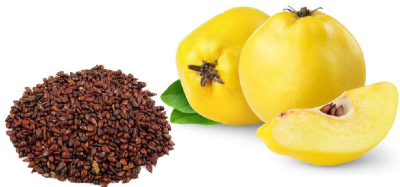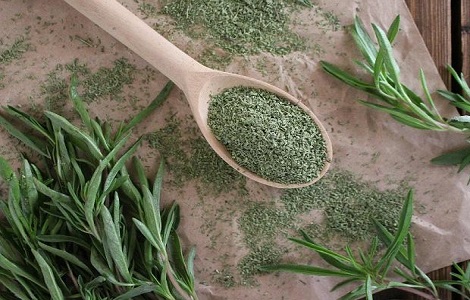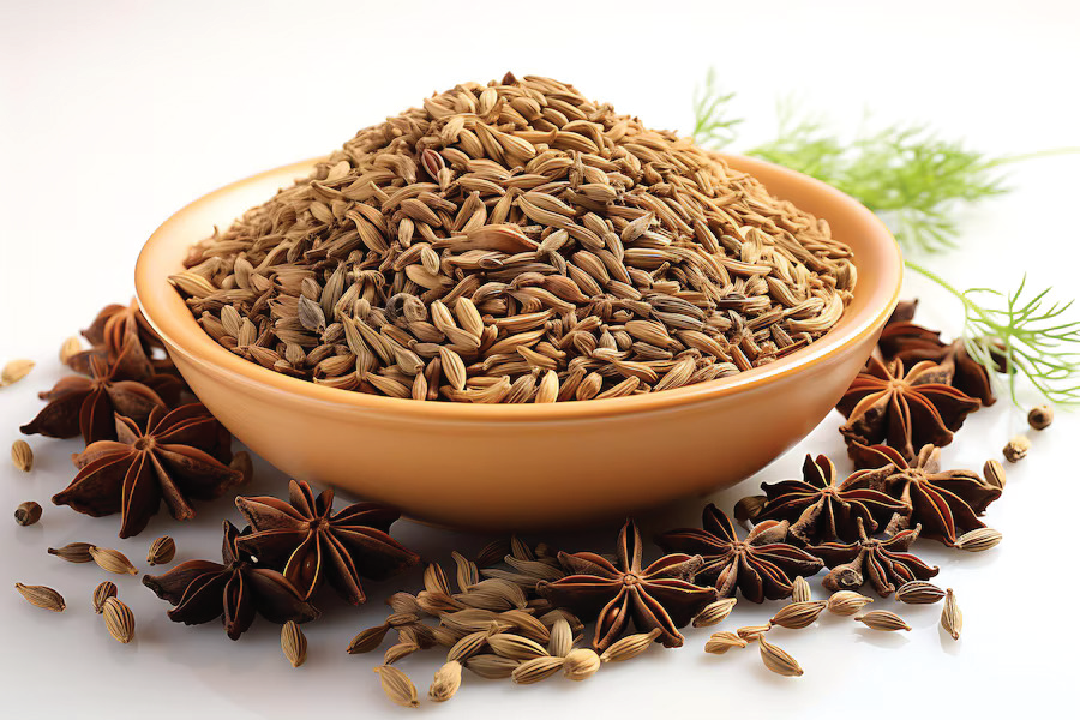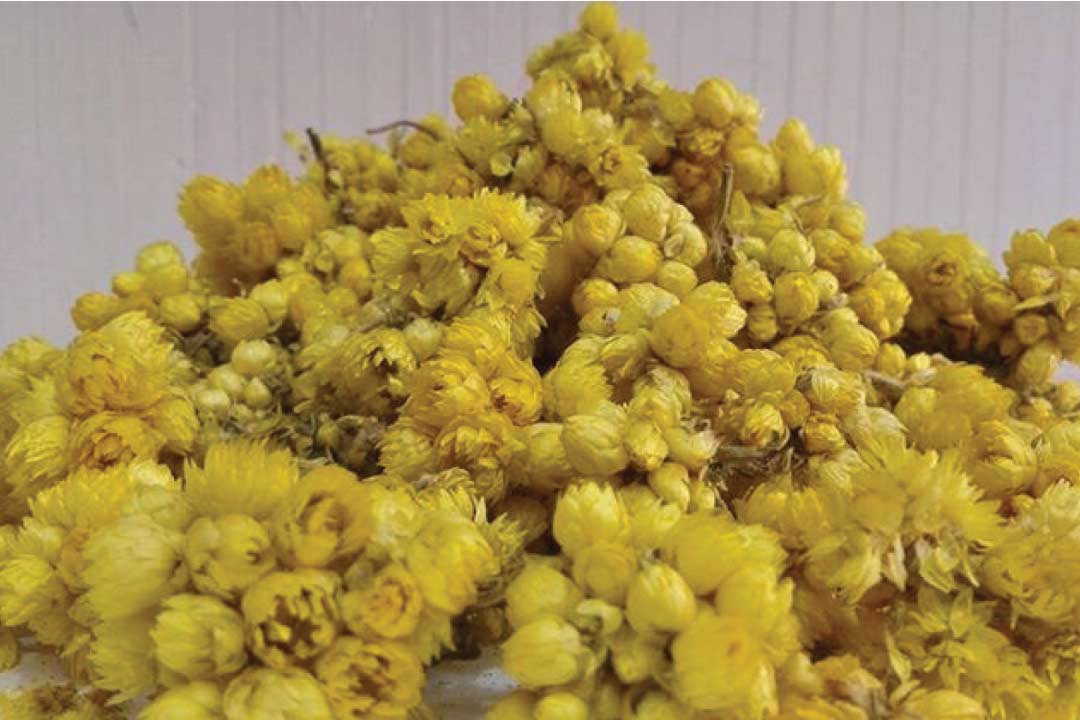What is Quince seed? Quince tree is a small tree whose height reaches up to 5 meters and its life span is 50 years. This tree produces fruit from 4 to 5 years old. The bark of the stem and trunk of the tree is brown.
The flowers or blossoms of the tree are large and pinkish-white in color.
These flowers grow at the end of thin leafy branches. The shape of the fruit can be round, egg-shaped and pear-shaped, according to its type.
There are brown or dark brown seeds inside this fruit, which have many healing properties. Quince fruit is green when unripe, but after ripening, it turns golden yellow or greenish yellow.
Quince seed inside the fruit is called When this seed comes into contact with liquids, it secretes a glaze that is called seed mucilage. This mucilage heals the chest and throat.
Quince tree is native to the Mediterranean, Europe, Asia and North Africa. This tree is found in large quantities in countries such as Scotland, Armenia, Turkey, Iran and Georgia. In Iran, the provinces of Gilan, Golestan, Mazandaran and Azerbaijan can be considered as the main suppliers of this fruit.
Nature of Quince seed and Quince
The nature of Quince seed is cold and moist, and the most important effective ingredients of this seed are vitamin C, tannin, saponin, resin, lipid, and glaze.
- Quince is sweet, warm and moist
- Quince is sour, cold and dry.
- Quince oil, cold and wet
- Quince seed is a cold and wet seed
Methods of using Quince seed
- In the form of glaze
- boiled
- drink
- face mask
- hair mask
How to prepare Quince seed tea
- Boil some water.
- Pour dry Quince seeds into the teapot.
- Pour some boiling water on the seeds.
- Put the lid on the teapot and put it on indirect heat.
- Let the Quince seed tea brew for 15 to 20 minutes on indirect heat until it brews well.
Properties
- Contains vitamins A, C, B
- Contains fiber, calcium, magnesium, phosphorus, zinc, iron, selenium, copper
- Useful for pregnancy
- Positive effect on fetal IQ
- Strengthening men’s sexual power
- Anti-cancer and antioxidant
- Help to rejuvenate the skin
- Blood pressure regulation
- Hair growth and improved blood circulation in the scalp
- Has anti-inflammatory properties
- It is useful in treating headache and preventing bleeding and nausea
- Liver booster
- Strengthens the heart.
- It is diuretic.
- Breast softener.
- It is tonic for the stomach and digestive system.
- Stops bleeding.
- It is useful for shortness of breath.
- It stops bleeding from the uterus.
- Beneficial effect on painful hemorrhoids.
- It is useful for digestion.
- Helps to treat burns
- Eliminates bad breath and mouth ulcers
- Effective in weight loss
Complications
- Chewing Quince seeds is harmful and causes poisoning. Avoid crushing or chewing these seeds and brew Quince seeds with some water to remove the cyanuric content of these seeds.
- Eating too much of Quince seed may cause laxity and phlegm in the stomach due to its cold temperament.
- Eating Quince seed for pregnant women and babies carries the risk of poisoning.
Quince seed nutritional value table
| Nutritional value based on 100 grams | |
| Energy, 57 kcal | 3% |
| Carbohydrates, 13.81 grams | 11% |
| Protein, 0.40 grams | 1% |
| Total fat, 0.10 grams | 0.5 % |
| Cholesterol, 0 mg | 0% |
| Edible fiber, 1.9 grams | 4% |
| Vitamins | |
| Niacin, 0.200 mg | 1% |
| Pyridoxine, 0.040 mg | 3% |
| Riboflavin, 0.030 mg | 2% |
| Thiamine, 0.020 mg | 2% |
| Vitamin (C) thirty, 15 mg | 25% |
| Vitamin (A) A, 40 international units | 1% |
| Vitamin (E), 0.12 mg | 1% |
| Vitamin (K) Ka, 4.5 micrograms | 4% |
| Electrolyte | |
| Sodium, 1 mg | 0.2 % |
| Potassium, 119 mg | 2.5 % |
| Minerals | |
| Calcium, 11 mg | 1% |
| Copper, 0.130 mg | 14% |
| Iron, 0.70 mg | 9% |
| Magnesium, 8 mg | 2% |
| Phosphorus, 11 mg | 2% |
| Zinc, 0.04 mg | 1% |






















“This is exactly what I was looking for, thank you!”
Excellent news for all us
Your writing has a way of resonating with me on a deep level. I appreciate the honesty and authenticity you bring to every post. Thank you for sharing your journey with us.
Hey there You have done a fantastic job I will certainly digg it and personally recommend to my friends Im confident theyll be benefited from this site
[b]Present your savagery[/b] – [url=https://psee.io/663bfd][b]satisfy your sexual fervor right now![/b][/url]
[b][url=https://bit.ly/3C6dEOb]XrumerAI+Xevil+Hrefer+SocPlugin – an invincible combination for successful monetization![/url][/b]